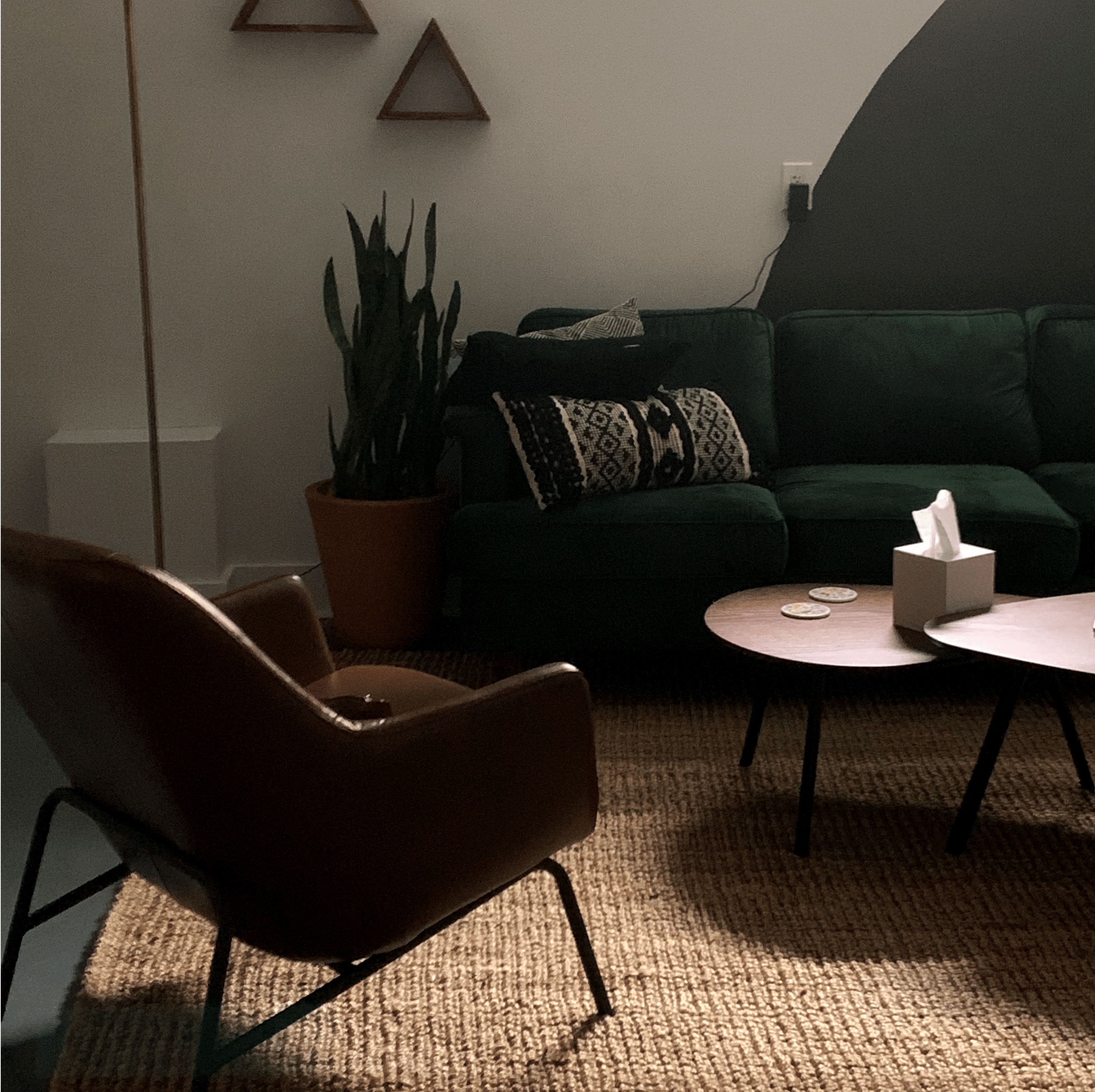The colors you choose to associate with your brand can say more about you than you think. Understanding a little bit more about the psychology of brand colors can help your business tremendously. It shouldn’t come as a shock to know that the majority of well-known brands are mostly recognizable due to their logo.
Colors have the ability to evoke a vast array of emotions within people. Over the years, studies have found that roughly 65 to 80% of a customer’s buying decision is influenced by the colors of your brand. This supports the idea that choosing the right colors for your brand will not only increase brand association, but can increase total sales.
What Brand Colors Represent
Below is a list of colors most often used for branding purposes. These colors all take on different personas and can evoke contrasting feelings in the minds of consumers.
Red
Associations: Aggressive, energetic, exciting, passionate, alert, provocative.
- Red evokes an excited or active response. Red increases heart rates, increases breathing, makes you hungry, and is generally associated with food, energy, excitement, and passion. This color grabs attention and provokes activity from a consumer. Fast food restaurants use red to evoke feelings of hunger as well as a sense of urgency to stop and order.
Blue
Associations: Trust, security, confidence, dependability.
- Blue is heavily used by some of the world’s most notable brands such as AT&T, Chase Bank, ADT Security, and BMW. It is presumed to put people at ease as it reminds many people of the blue sky or the ocean. Additionally, blue establishes feelings of trust, security, and safety. These feelings are great for security companies, banks, and even police forces.
Green
Associations: Wealth, safety, generosity, health, calm.
- Green is associated with freshness and calmness. It is most frequently associated with nature and produce. A large number of grocery stores, such as Publix and Whole Foods, use green to help convey that their products are fresh and healthy. Green also has a vague association with health. Most holistic medicine companies use green in their branding to leverage the connection between their brand and feelings of freshness and health.
Purple
Associations: Royalty, magic, mystery, spirituality, sophistication.
- Companies that incorporate purple into their brand usually sell higher end products. On the other hand, it’s also associated with religion. A large number of religious institutions incorporate purple into their brand colors to convey their connection to a higher power.
Tips for Choosing Your Brand Colors
The first step in choosing your brand colors is knowing what your focus is going to be. If you are looking to inspire people to be active or stimulate energy, red, yellow, and orange are all great colors to choose from. If you want people to feel safe with your brand, green or blue will work great for your brand. Knowing how you want your consumers to feel when they see your brand will help you greatly in choosing your color(s).
If you have a few color palettes in mind, it may be a good idea to test them out. It’s usually best to test three different experiments so you can properly gauge which color palette fits best. Different colors affect different consumers so it’s always wise to know what works best before you commit.
Be sure to do some research. If you have multiple direct competitors, it would be wise to look at how they present their brand and gauge their public sentiment. Researching your competitors will not only help with your overall business model, but will help tremendously with branding efforts.
–written by Jonah Ericksen
